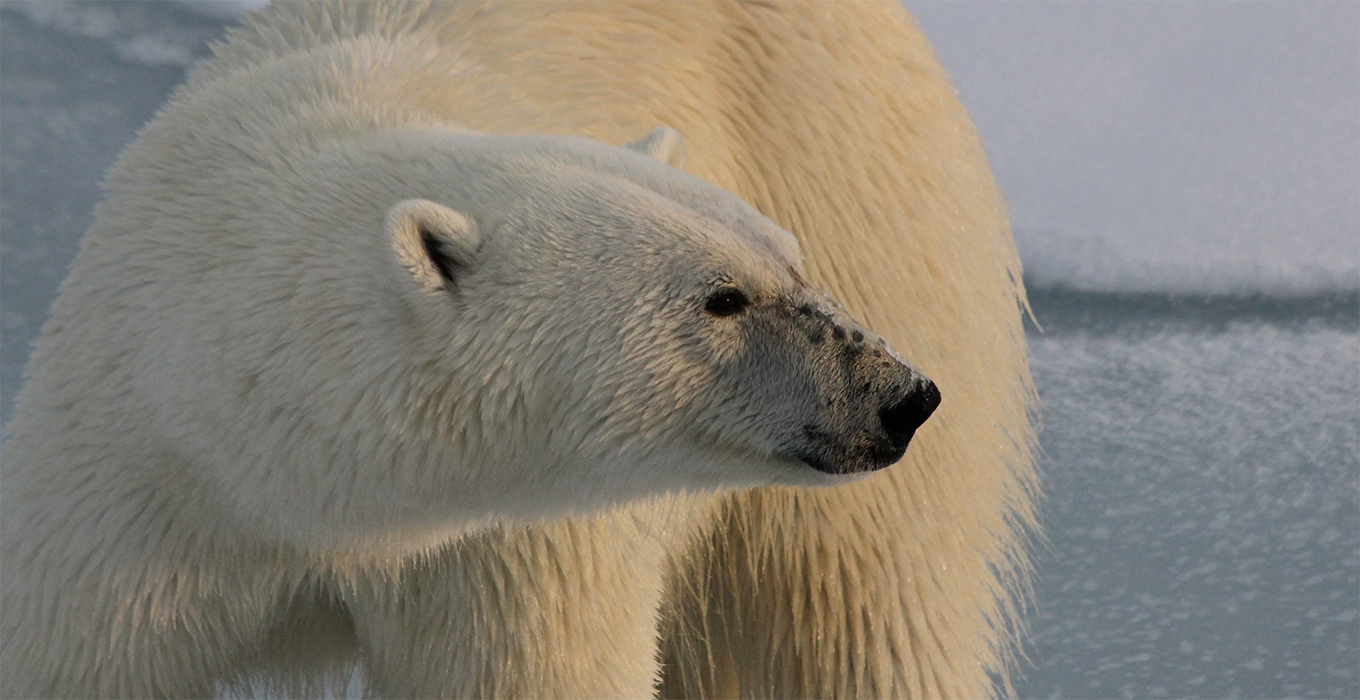As climate change progresses, the evolving behavioural and migration patterns of polar bears has made it difficult to reliably track their locations. WWF and IDEO reached out to MistyWest to design an Argos based tracking device to help solve this problem.
Background
Despite decades of study, as climate change has progressed, the behavioural and migration patterns of polar bears have evolved and made it increasingly difficult for scientists and researchers to reliably track their locations. Implementing a feasible tracking solution for polar bears is critical for gathering data around their behaviour – especially as more polar bears are traveling further and further south, increasing their contact with humans and, unfortunately, having to be killed as a result.
World Wildlife Fund partnered with design and innovation company IDEO at the International Conference on Bear Research and Management in 2016 to host a workshop that included scientists, polar bear experts, zoologists, device manufacturers and members from Inuit communities. Some conclusions around practical issues for the current state of bear tracking were that collars don’t work for male bears, as their necks are larger than their heads, and a release mechanism is vital to a tracking device’s design so it wouldn’t need to be permanently attached to the bear.

There also stood a critical challenge around the robustness of the antenna for a satellite telemetry-based tracker. The most common system for tracking wildlife–such as birds and their migration–is Argos Satellite Telemetry, whose device antennas are typically a thin wire (up to) 18cm in length. For a polar bear, its aggressive behaviour combined with the cold arctic climate will typically results in these antennas breaking.
From the workshop, WWF and IDEO created a framework of requirements for what an ideal polar bear proof tracking device would consist of; something lightweight and compact that could be attached to a bear’s ear, connect with a satellite network, safely transmit data regarding location and activity to researchers, and then automatically release after a given time period. IDEO reached out to MistyWest to design electronics for a desired low power tracking device.
The Solution
MistyWest proposed a design architecture based on the Iridium Satellite Communications; a network offering the best global coverage, with worldwide L-band voice and data communications through handheld devices. An Iridium solution would allow for a straightforward antenna design that could be packaged in a robust manner, but L-band experiences very high current peaks during transmission. A fair amount of power is required to reach the satellite network – and a hefty battery to sustain those peaks.
Once the design was underway, MistyWest determined the Iridium module’s battery requirements would push the weight of the tracking device to nearly twice the target weight set out in the conference’s workshop.
It was time to look for another solution.
After more research, a chip-down, lower power solution using the Argos Satellite Telemetry was re-introduced, and MistyWest rose to the challenge of designing an antenna capable of hitting the Argos network and standing up to a 1,500lb tank covered in fur.
MistyWest designed a custom 400Mhz internal antenna which could be potted to avoid breakage issues, and a tiny rigid flex PCB for the electronics that conforms to the shape of the polar bear’s ear. After 3 revisions, MistyWest’s custom design reliably communicated with the Argos satellite network, making us one of the first engineering teams to produce a compact Argos-based tracking device with an internal antenna. A precise power management control system optimizes transmission times according to the Argos satellite pass schedule, enabling a battery life of up to 6 months.
Outcomes
MistyWest delivered a low power tracking device that was light enough for a polar bear’s ear, included a time-based release mechanism, and a fully waterproof enclosure able to withstand some of the world’s harshest weather conditions. The polar bear tracking device collects time-stamped actigraphy, temperature and pressure data, and local researchers can set deployment parameters, update a device’s configuration, and update the device’s firmware through a wireless interface. The results of this project, along with the open-source files, are now offered on Github to allow other developers opportunities to advance and refine this technology.
Four units were sent to the Winnipeg Zoo for field trials, and US Fish and Wildlife Services conducted fit tests in captivity in Anchorage, Alaska. Further tests and revisions are planned for the devices prior to being deployed to the Arctic.